10 Wild Animals in Solomon Islands [Wildlife in Solomon Islands]
Want to know more about the wildlife in Solomon Islands?
Discover 10 wild animals in Solomon Islands in this post, as well as interesting facts about them. 🇸🇧
Learn All About Solomon Islander Animals
Ready to learn all about Solomon Islander animals?
I’ve always been fascinated by animals, and by how they can be so different from one country to another. In this guide, we’ll focus on the many animals the Solomon Islands have on the land, in the sky, and underwater.
I’ve split the guide into 4 categories:
- Native animals from Solomon Islands
- Endangered animals of Solomon Islands
- What is the national animal of Solomon Islands?
- How many animals native to the Solomon Islands?
Let’s dive in right away with our first category!
Native Animals from Solomon Islands
Solomon Islands is an Oceanian island country located in the northeastern part of the continent, in the Western Pacific Ocean. It is made of 6 main islands and over 900 islets, is located to the east of Papua New Guinea, has been inhabited since at least 30,000 BCE, and used to be a British colony. It is surrounded by the Pacific Ocean, and its capital and largest city is Honiara (located on the largest island, Guadalcanal), which counts more than 92,000 inhabitants (but more than 151,000 if you include the metropolitan area).
An interesting part of the country that I wanted to tackle is its wildlife. In light of that, I have listed the best of it, and I hope you will love learning what animals live in Solomon Islands.
Here’s the Solomon Islands animals list.
1. Guadalcanal monkey-faced bat
- Name: Guadalcanal monkey-faced bat
- Scientific name: Pteralopex atrata
- Conservation status:
The Guadalcanal monkey-faced bat, also known as the Guadalcanal flying monkey, is a species of megabat endemic to Solomon Islands. It is considered endangered because of a 50 percent decline in numbers in only 20 years, mainly due to hunting for bushmeat and logging. Now, its populations are small and fragmented.
This bat is very difficult to spot, and rarely seen; because of this, little is known about it, outside of the fact that it roosts in colonies during the day and emerges at night to feed on fruits such as mangos.
2. Dugong

- Name: Dugong
- Scientific name: Dugong dugon
- Conservation status:
The dugong is a large species of marine mammal native to the Indo-West Pacific. It can be found near the shoreline of about 40 countries and territories, and is a very important symbol of the Pacific Islands: while hunting dugongs is regulated or prohibited in the rest of the world, some Pacific Islands allow traditional hunting, which still holds cultural importance.
This mammal relies on seagrass to subsist, and therefore lives in shallow, coastal waters.
3. Sugar glider
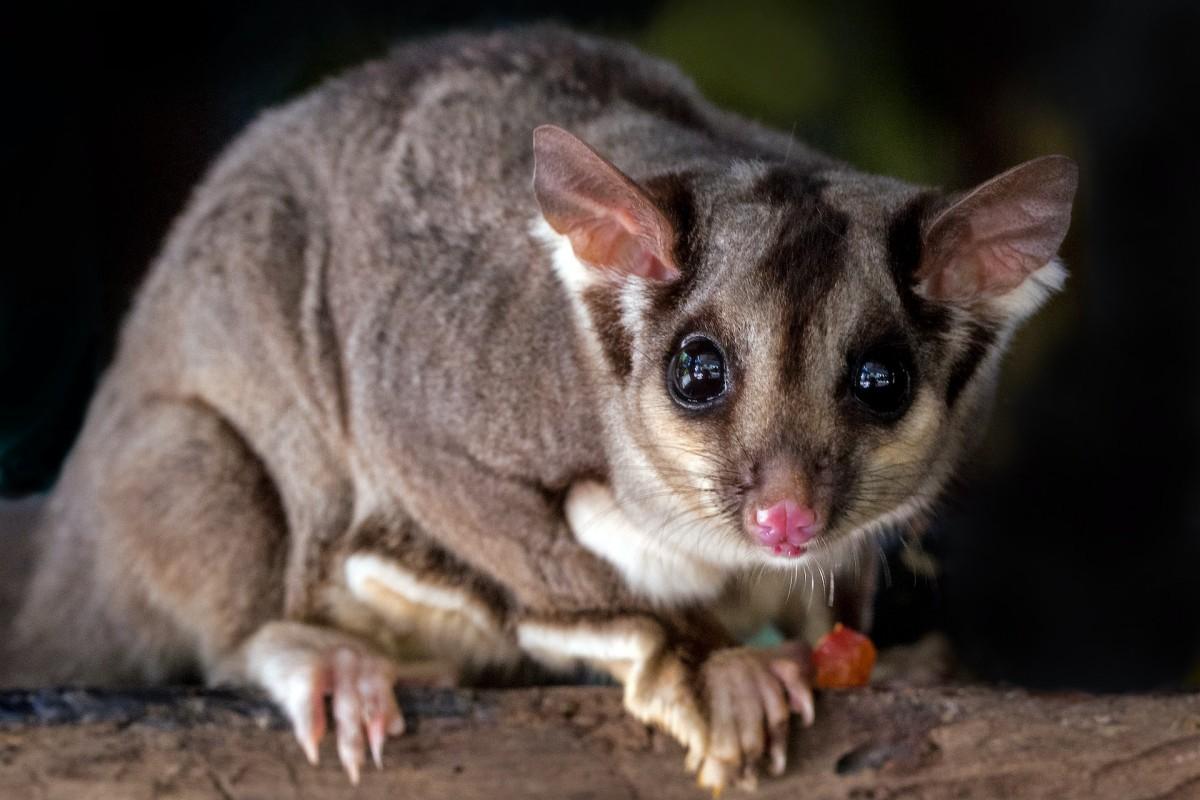
- Name: Sugar glider
- Scientific name: Petaurus breviceps
- Conservation status:
The sugar glider is a small species of possum native to Australia, Papua New Guinea, and their surrounding islands. It is nocturnal, arboreal, and omnivorous, and feeds on a wide variety of food sources, such as insects, eucalyptus saap, honeydew, or small birds.
This mammal is highly social and lives either in family groups or in larger colonies of up to 7 mature individuals. It is often spotted engaging in social grooming, both for hygiene and health and bonding reasons.
4. Choiseul pigeon
- Name: Choiseul pigeon
- Scientific name: Microgoura meeki
- Conservation status:
The Choiseul pigeon, also known as the Solomons crested pigeon, the Solomon Islands crowned pigeon, or the Kuvojo, is an extinct species of pigeon that used to be endemic to the Choiseul Island in the Solomon Islands.
The last specimen was seen in 1904, and this species disappeared because of the introduction of predators such as cats: the Choiseul pigeon had never confronted a carnivorous mammal before that, and was thus a terrestrial bird.
5. Sanford’s sea eagle
- Name: Sanford’s sea eagle
- Scientific name: Haliaeetus sanfordi
- Conservation status:
Sanford’s sea eagle, also known as the Solomon eagle or Sanford’s fish eagle, is a species of sea eagle endemic to the Solomon Islands. It breeds from August to October and lays 2 eggs.
When it comes to feeding, Sanford’s sea eagle primarily feeds on tideline carrion, but also fish, crabs, tortoises, mollusks, and sea snakes. It is often depicted on postage stamps from the Solomon archipelago and is the only large predator on the islands.
6. Blyth’s hornbill
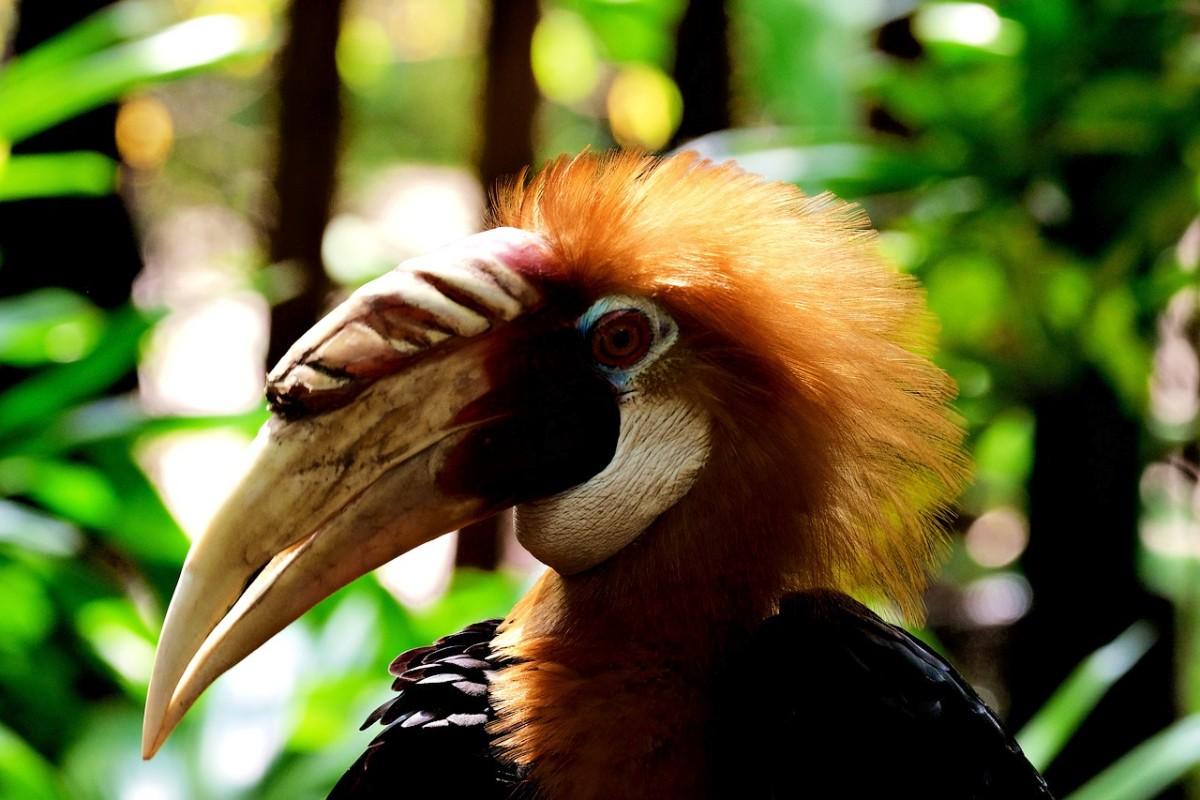
- Name: Blyth’s hornbill
- Scientific name: Rhyticeros plicatus
- Conservation status:
Blyth’s hornbill, also known as the Papuan hornbill, is a large species of hornbill native to Oceania. It inhabits the lowland forests of the Solomon Islands and can be found anywhere from sea level to about 1,500 m / 4,900 ft above it.
This hornbill is pretty widespread throughout its range and is considered of least concern. Nevertheless, it still suffers from hunting pressure from tribal groups and is becoming rarer and rarer in parts of New Guinea.
7. Pantropical spotted dolphin
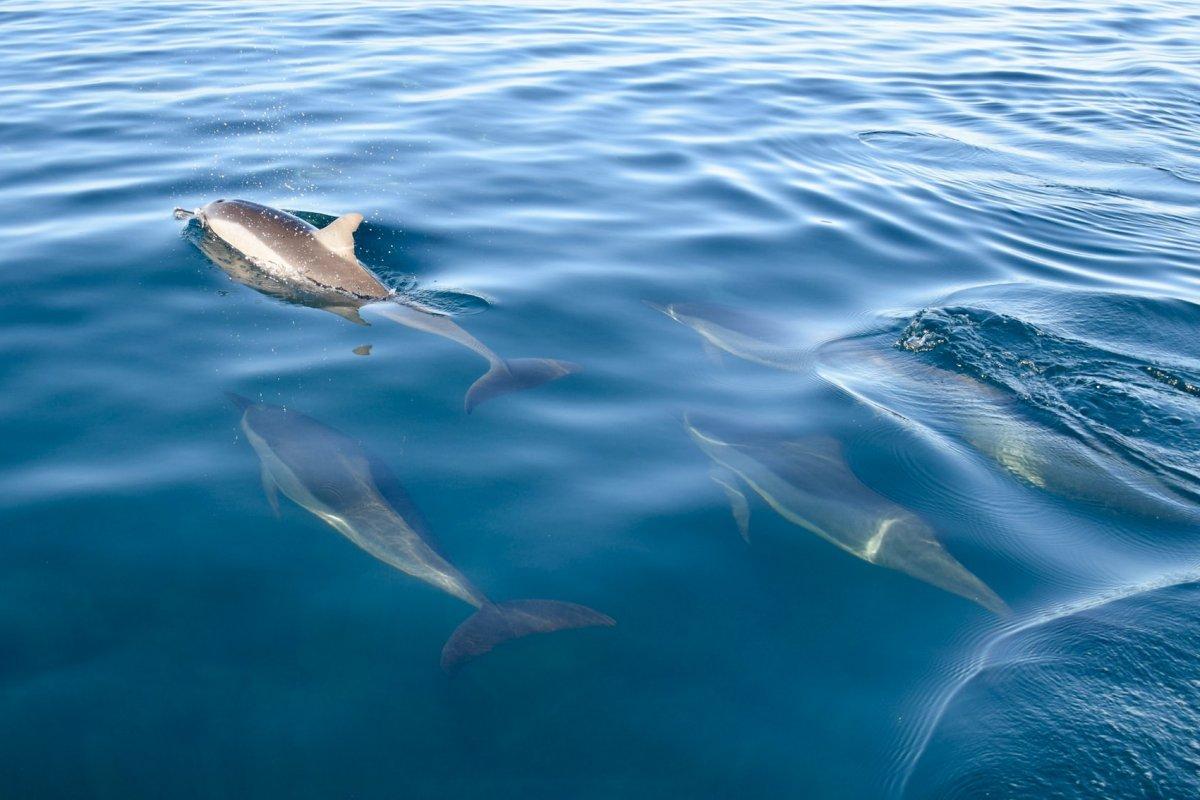
- Name: Pantropical spotted dolphin
- Scientific name: Stenella attenuata
- Conservation status:
The pantropical spotted dolphin is a species of dolphin found in all of the world’s temperate and tropical oceans. After a drastic decline in numbers because of tuna purse seines fishing, the 1980s saw the rise of dolphin-friendly fishing practices, which saved this species.
While its coastal variant is larger and more spotted, its pelagic variety is more slender and uniform. There are more than 3 million pantropical spotted dolphins in the world, and they are the most abundant cetaceans in the Atlantic and Indian Oceans.
8. Humpback whale
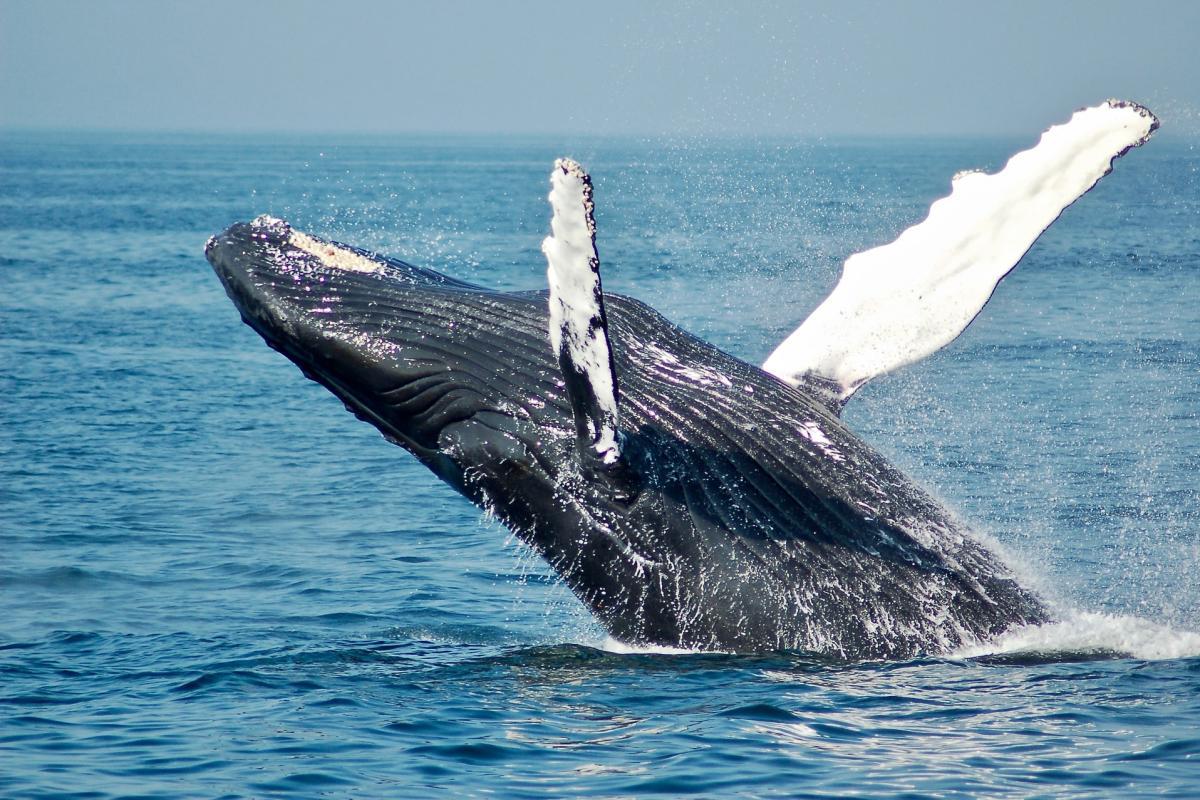
- Name: Humpback whale
- Scientific name: Megaptera novaeangliae
- Conservation status:
How wonderful is the Solomon Islands’ wildlife? Even whales are there!
The humpback whale is a species of baleen whale, particularly well-known by whale watchers for its unique surface breaching behavior. As its name implies, it has a peculiar shape with what looks like a hump on its back. It is a large-scale migrator, swimming up to 16,000 km / 9,900 mi every year!
9. North Solomons dwarf kingfisher
- Name: North Solomons dwarf kingfisher
- Scientific name: Ceyx meeki
- Conservation status:
The North Solomons dwarf kingfisher is a species of bird endemic to the western and central Solomon Islands. There, it lives in the subtropical and tropical lowland forests.
This kingfisher used to be considered one of the 15 subspecies of the variable dwarf kingfisher, but, just like in many other cases, it turned out that the insular species largely diverged from its continental counterpart, and the North Solomons dwarf kingfisher is now a species on its own.
10. Solomons cockatoo
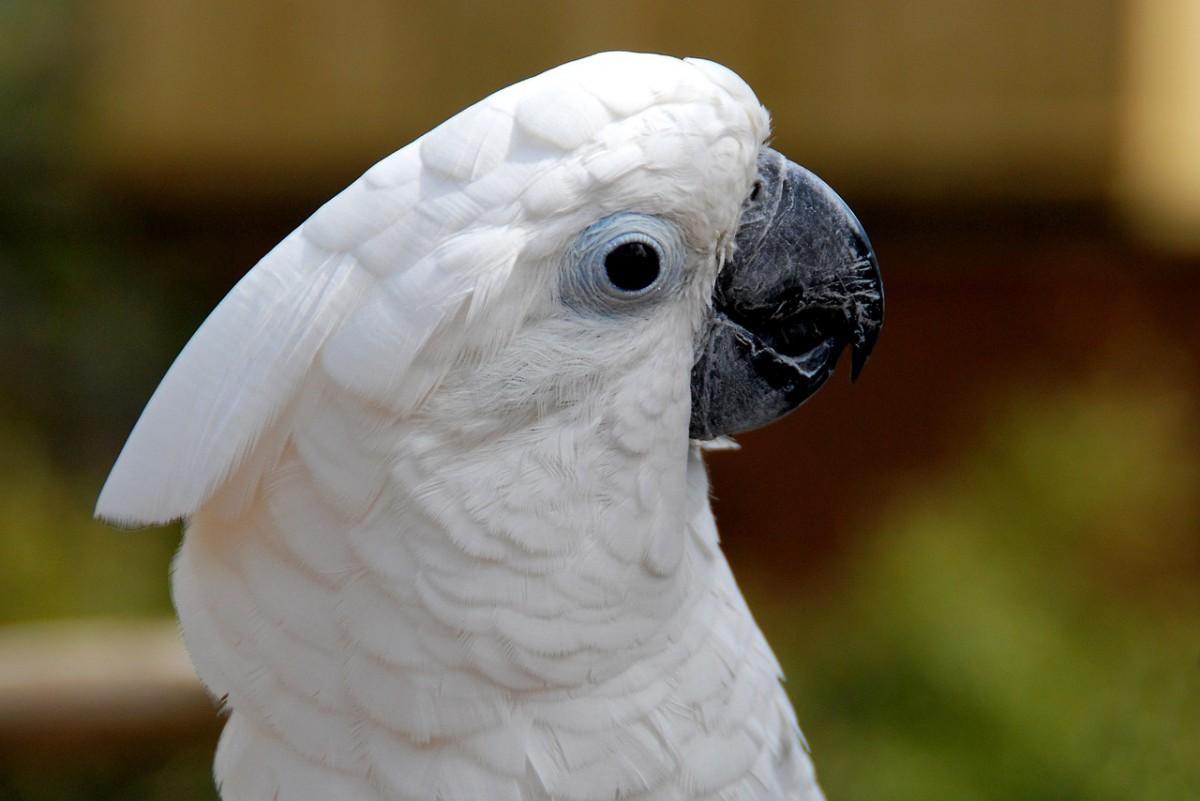
- Name: Solomons cockatoo
- Scientific name: Cacatua ducorpsii
- Conservation status:
The Solomons cockatoo, also known as the Solomons corella, Ducorps’s cockatoo, or the broad-crested corella, is a species of cockatoo endemic to the Solomon Islands. It is fairly small (about 30 cm / 12 in long) and entirely white, and is common across the archipelago.
This bird inhabits lowland rainforests, secondary forests, and gardens. It nests in tree cavities and lays 2 eggs in a clutch after breeding from July to September.
—
So there you have them, these were my 10 wild animals in Solomon Islands. I hope you enjoyed this list and that you learned something new today.
In case you want to learn more about Solomon Islands wildlife, feel free to keep reading, as I still have lots of things to tell you about:
Endangered Animals of Solomon Islands
This is definitely the saddest part of the list, but it is very important to raise awareness. Because of this, let’s go through the list of endangered animals in Solomon Islands.
Here are the animals in danger of extinction in Solomon Islands.
- Thick-billed ground-dove
- Choiseul pigeon
- Beck’s petrel
- Makira moorhen
- Ontong Java flying fox
- Emperor rat
- Vangunu giant rat
- and 11 more…
- Guadalcanal monkey-faced bat
- Polynesian storm-petrel
- Whale shark
- King rat
- Rennell flying fox
- and 28 more…
To see the full list of endangered species in Solomon Islands, head over to the International Union for Conservation of Nature’s Red List.
What is the National Animal of Solomon Islands?
The national animal of Solomon Islands is the sea turtle.
Although they are pretty rare around the planet, sea turtles are fairly common around Solomon Islands. Because of this, they are a symbol of pride in the country.
Another reason to pick the sea turtle as the national emblem would be to raise awareness, and protect some of the most endangered animals on the planet. Pollution, poaching, fishing accidents, and human encroachment are nowadays all very serious threats to the survival of sea turtles as a group.
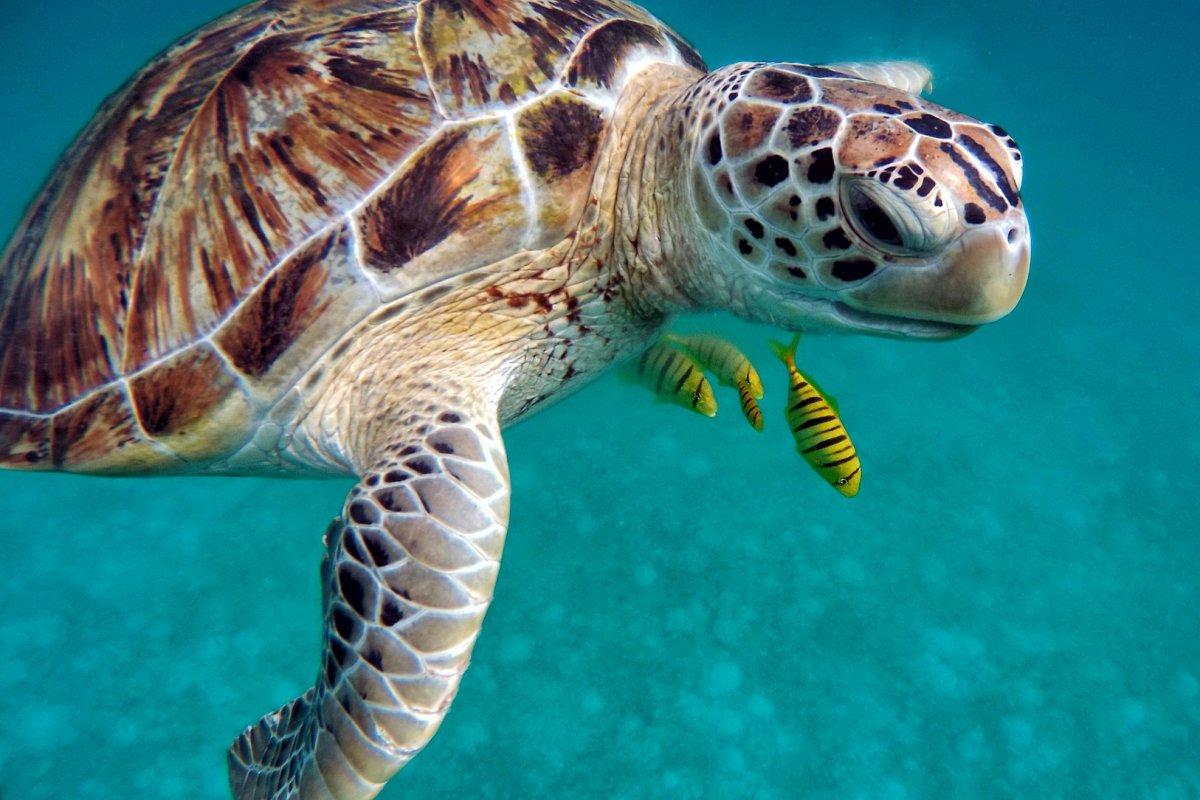
How Many Animals Native to Solomon Islands?
What is the diversity of native animals in Solomon Islands?
Let’s look at the total number of species of Chordata (mammals, birds, fishes, and reptiles).
Total number of animal species in Solomon Islands: 2,114 (9,917 in total in Oceania)
More About Animals in the World!
Loved these Solomon Islands animal facts? Want to see what animals live in other countries?
Then check out these posts:
Or click here to see ALL the facts up on the blog! Spoiler alert: there’s A LOT of them.
Share the knowledge! Click on the buttons below to share information about these famous animals in Solomon Islands with your friends, and help them learn more about the world 🙂
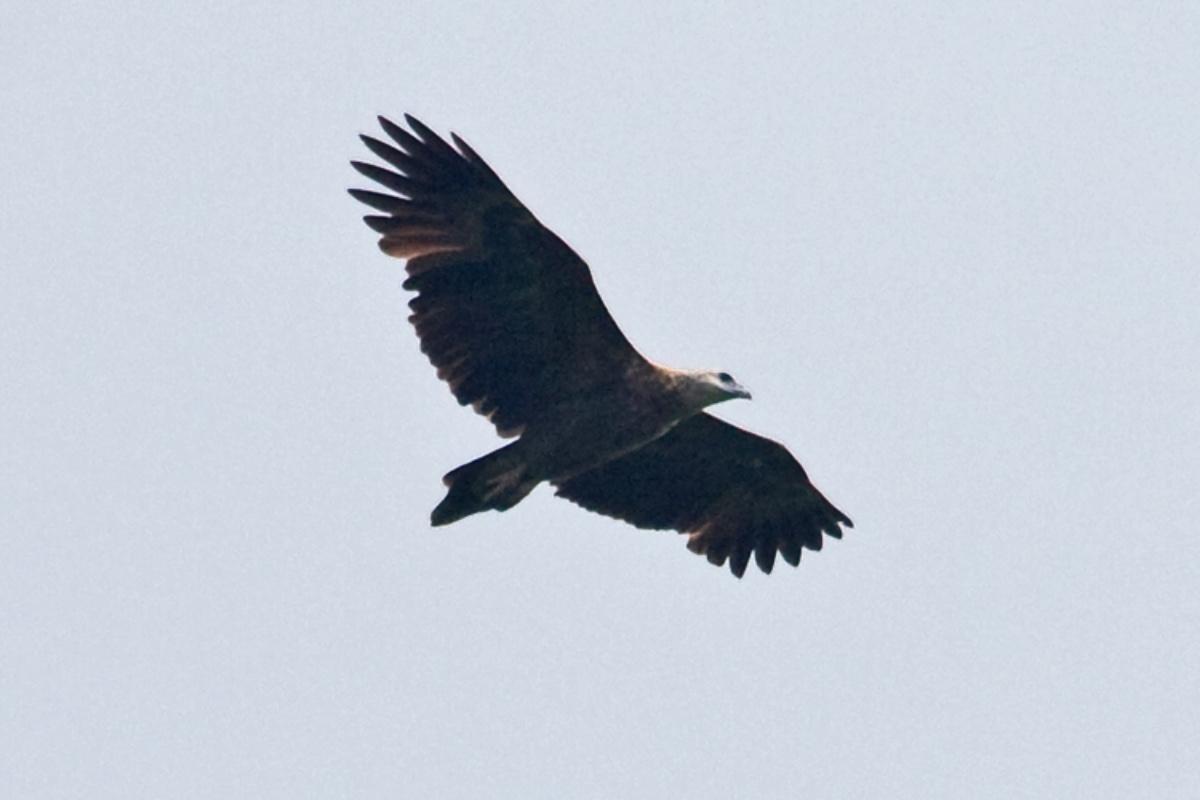
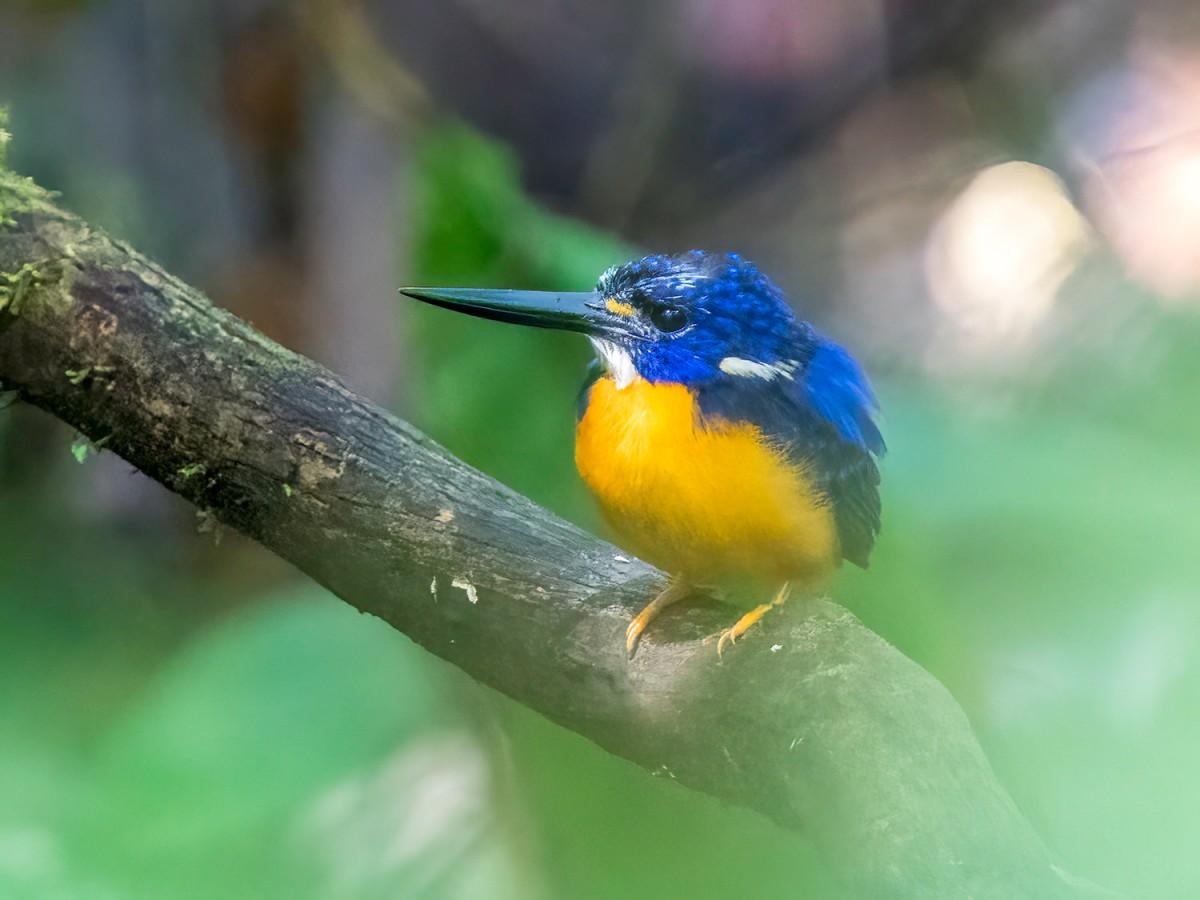

![12 Wild Animals in Afghanistan [Wildlife in Afghanistan]](https://www.kevmrc.com/wp-content/uploads/2022/06/12-wild-animals-in-afghanistan.jpg)
![33 Wild Animals in Panama [Wildlife in Panama]](https://www.kevmrc.com/wp-content/uploads/2022/08/33-wild-animals-in-panama.jpg)
![10 Wild Animals in Nauru [Wildlife in Nauru]](https://www.kevmrc.com/wp-content/uploads/2023/01/10-wild-animals-in-nauru.jpg)